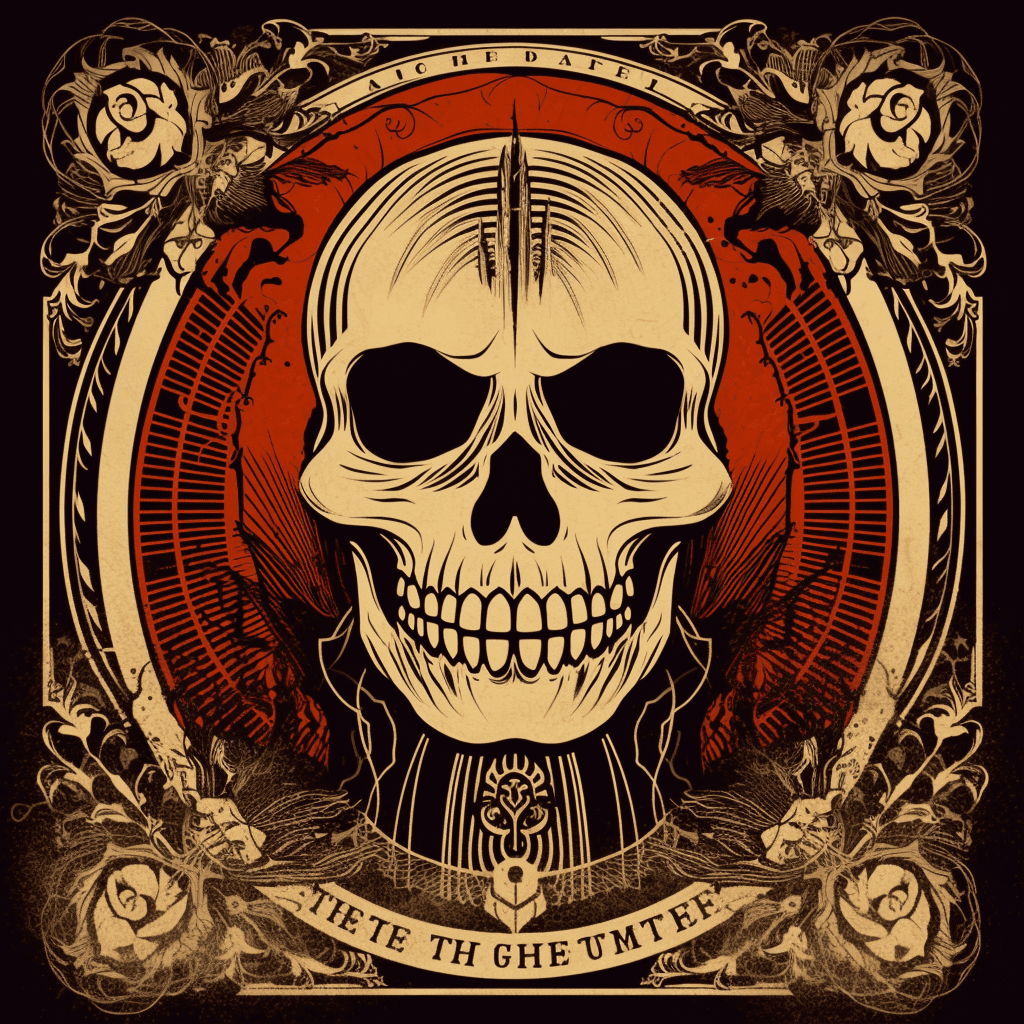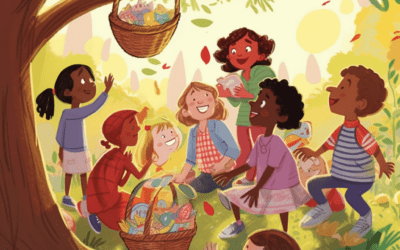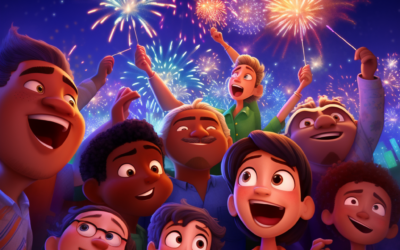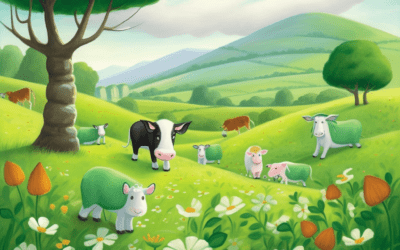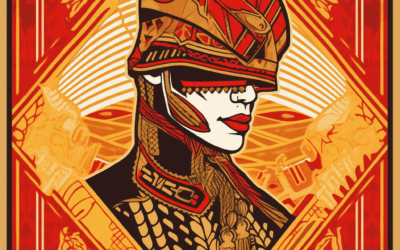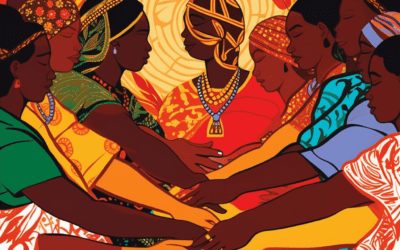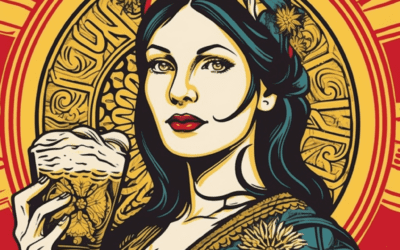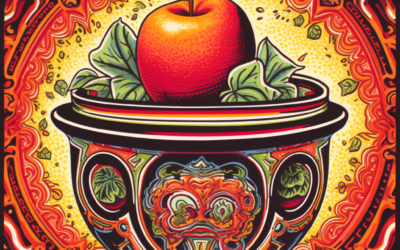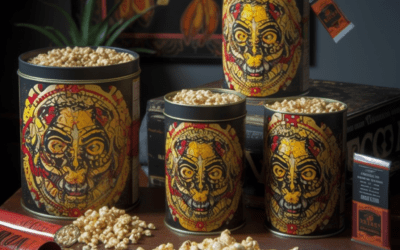The Story Behind Halloween’s Spooky Music Themes
The Origins of Halloween Music
Halloween, a festive holiday celebrated on October 31st, is known for its spooky and chilling atmosphere. One key element that adds to the eerie ambiance is the music associated with Halloween. The story behind Halloween’s spooky music themes can be traced back to ancient traditions and cultural influences.
Ancient Samhain Festival
The roots of Halloween can be traced back to the ancient Celtic festival of Samhain. Celebrated thousands of years ago, Samhain marked the end of the harvest season and the beginning of the dark winter months. It was believed that during this time, the boundary between the living and the spirit world was blurred, allowing ghosts and other supernatural beings to cross over. The Celts would light bonfires and wear masks to ward off these spirits. Music and chants were an integral part of these rituals.
All Hallow’s Eve
The Celtic tradition eventually merged with the Christian holiday of All Hallow’s Eve, which was celebrated the night before All Saints’ Day. As Christianity spread, the customs and traditions of the ancient Celtic festival became fused with Christian practices. The idea of warding off evil spirits and honoring the dead continued, and music played a significant role in these observances.
Influence of Gothic Literature
During the 19th century, the rise of Gothic literature further influenced the spooky themes associated with Halloween. Authors like Edgar Allan Poe and Mary Shelley brought tales of horror, mystery, and suspense to the forefront of popular culture. The haunting atmosphere of their stories inspired composers and musicians to create eerie melodies and haunting harmonies that became synonymous with Halloween music.
Classical Compositions
Classical music has also played a significant role in shaping Halloween music themes. Composers such as Johann Sebastian Bach, Modest Mussorgsky, and Camille Saint-Saëns created iconic pieces that evoke the macabre and supernatural. Bach’s famous “Toccata and Fugue in D Minor” and Mussorgsky’s eerie “Night on Bald Mountain” are just a few examples of classical compositions that have become staples in Halloween playlists.
The Influence of Hollywood
The introduction of sound in film revolutionized the way Halloween themes were portrayed. In the early 20th century, horror movies became popular, and their soundtracks played a crucial role in creating suspense and fear. Movies like “Dracula” and “Frankenstein” featured chilling melodies that added to the eerie atmosphere. These spooky movie scores became an integral part of the Halloween music repertoire.
Modern Halloween Music
In recent decades, Halloween music has expanded beyond classical compositions and film soundtracks. Popular culture has embraced the holiday, and artists from various genres have added their own spooky twist to Halloween playlists. Songs like Michael Jackson’s “Thriller” and “This Is Halloween” from the movie “The Nightmare Before Christmas” have become iconic Halloween anthems enjoyed by people of all ages.
Conclusion
The story behind Halloween’s spooky music themes is a fascinating journey through the ancient Celtic traditions, the influence of Gothic literature, classical compositions, and the power of film and popular culture. From ancient chants to modern pop hits, Halloween music continues to capture the spirit of the holiday and add an extra layer of spookiness to the celebrations.

